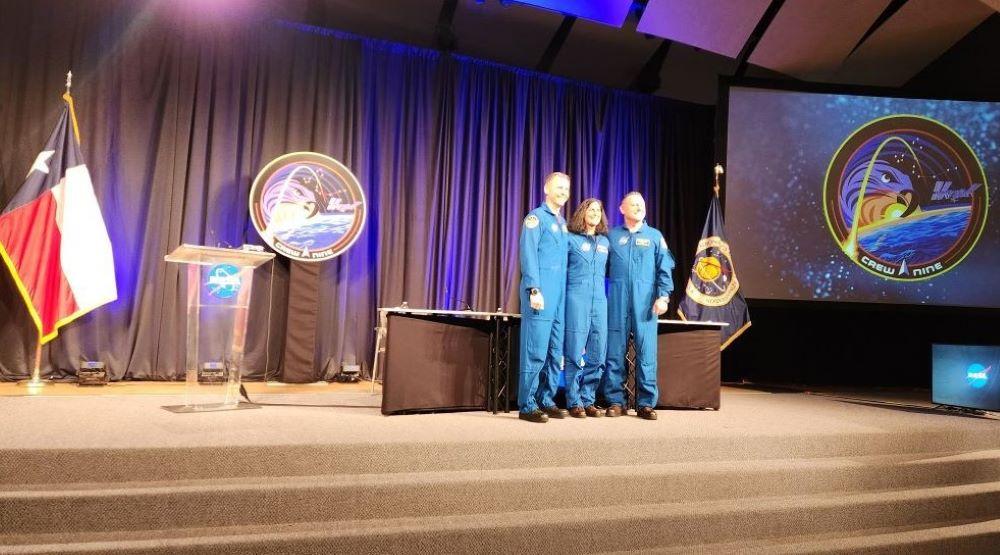
Nick Hague, Sunita "Suni" Williams and Barry "Butch" Wilmore (left to right) during their news briefing.
Credit: Mark Carreau / Aviation Week
HOUSTON—Astronauts Barry “Butch” Wilmore and Sunita “Suni” Williams say they continue to embrace the unexpected and are committed to working with Boeing and NASA to help remedy the issues that led to their lengthy and unforeseen mission aboard the International Space Station (ISS). The astronauts...
Subscription Required
NASA’s Wilmore, Williams To Work With Boeing On Starliner Issues is published in Aerospace Daily & Defense Report, an Aviation Week Intelligence Network (AWIN) Market Briefing and is included with your AWIN membership.
Already a member of AWIN or subscribe to Aerospace Daily & Defense Report through your company? Login with your existing email and password.
Not a member? Learn how you can access the market intelligence and data you need to stay abreast of what's happening in the aerospace and defense community.





